-
Pruning Ornamental Grasses: The Ultimate Guide

When it comes to pruning ornamental grasses, even an ordinarily confident gardener can feel some confusion. Each type of grass has different requirements, which makes it hard because there’s not one rule of thumb which fits all. While some varieties look shaggy and sad if not whacked to the ground each January, for other types of grass this…
-
How to Prune Evergreen Perennials: Lady’s Mantle, Hellebores and more
For most flowering perennials, autumn’s brown foliage and obvious dieback make it clear you can prune without harm, but evergreen perennials pose a special dilemma: trim now, or hold off till spring? Turns out, there are good reasons to leave herbaceous evergreen plants standing through the winter: not only do they provide greenery (or sculptural…
-
How to Make Liquid Fertilizer from a Granular Organic
After sharing recipes for making your own granular organic fertilizer from inexpensive bulk ingredients, I’ve gotten a number of questions from readers asking how to convert a dry organic fertilizer into a liquid. Why would you want to? Liquid fertilizer is fast-acting. A liquid fertilizer can be faster acting than a dry or granular fertilizer,…
-
Tomato Blight: Organic Treatment for Early and Late Blight
You have visions of homegrown tomatoes dancing in your head. . . Homemade tomato sauce canned and stacked neatly on shelves, stewed tomatoes in jars, tomatoes on salads and just taking a big juicy bite out of one straight out of the garden – you can almost taste it! You go out to your garden…
-
Repairing and Preventing Snow Damage in the Landscape

Split bark, broken branches, and winter burned foliage – it’s enough to make any gardener long to take refuge in a warmer climate. However, a little knowledge can go a long way towards preventing and repairing storm damage. By treating your plants properly in summer and fall, you can help plants harden off and become immune…
-
Educated Consumers Score a Big Win for Honeybees – With Thanks to Skagit Gardens
Wildlife gardeners have been fighting an uphill battle against the use of neonicotinoid pesticides, the ones that are thought to be responsible for colony collapse disorder in honeybees. One of the most heartbreaking things is that recently, many home gardeners have become aware that the bee-friendly plants they have planted in their gardens specifically to help…
-
Keeping Dogs From Eating Organic Fertilizer
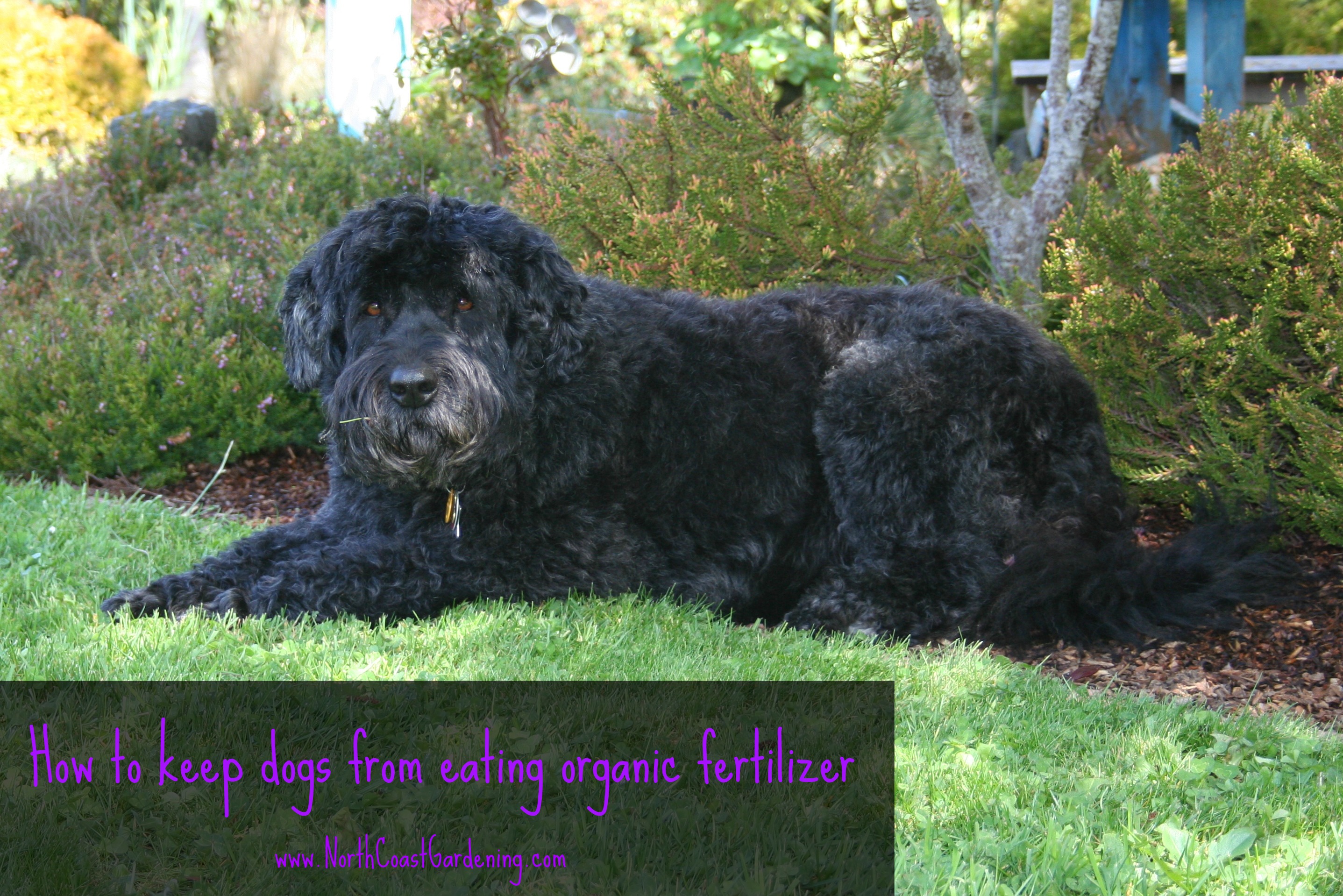
Using organic fertilizers is a great way to be green and give your plants a slow-release source of nutrients. However, some of the – ahem – more “fragrant” fertilizer ingredients just seem to call out your dog’s name. If you have a dog who likes to roll around in strong aromas, or worse, has a gourmand’s taste…
-
Organic Fertilizer Recipes: How to MacGyver Up a Custom Blend
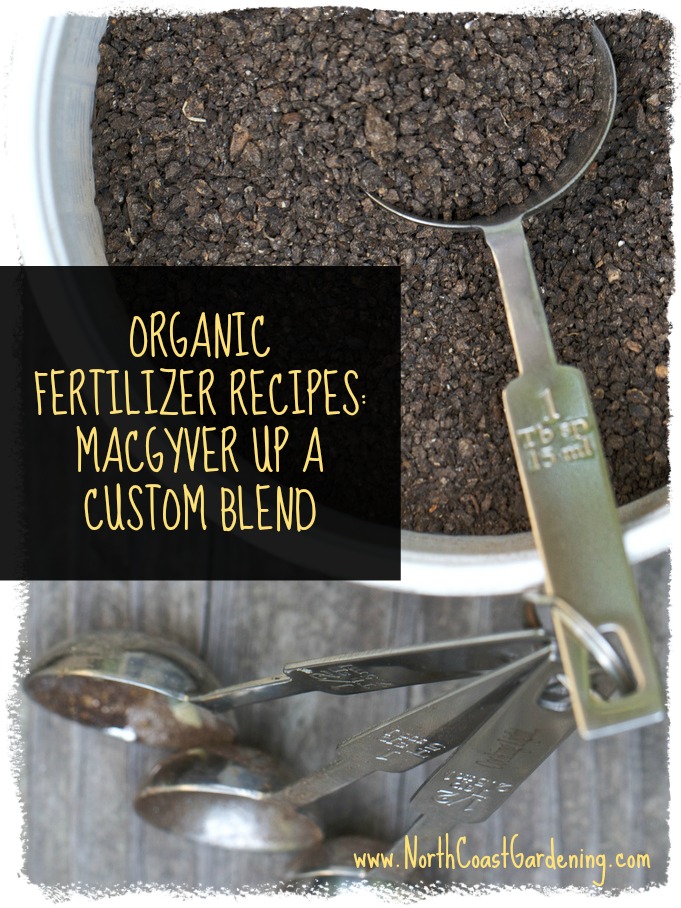
Developing a healthy soil is the goal of every gardener, but sometimes plants need an extra boost. Perhaps you are growing high-yield fruits and vegetables, plants with big blooms like roses, rhododendrons and camellias, or just feel that your soil isn’t performing well and your plants need a little help while you work to balance…
-
DIY Organic Fertilizer: Demystifying Single-Ingredient Fertilizers
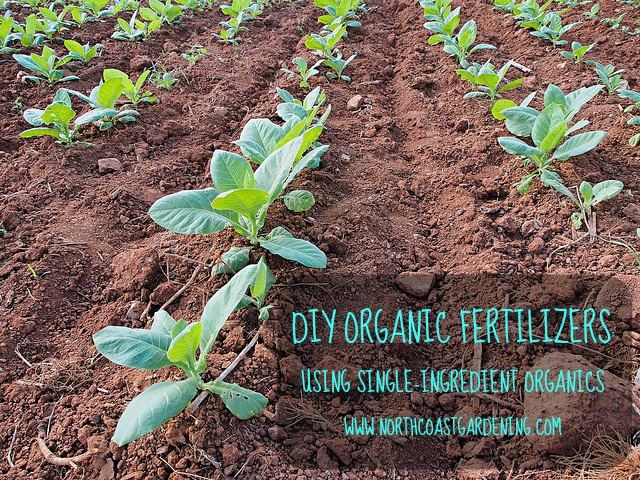
Single-ingredient organic fertilizers have long been a mystery to me, and since I haven’t wanted to screw things up, I’ve been using the already-blended mixes from brands like Gardner and Bloome, which have formulations that work well for the different labeled uses (acid-loving plants, flowering plants, etc). Yet using single-ingredient fertilizers, and blending them yourself,…
-
Tired of Spraying? You Might Just Need a Dose of CTFD
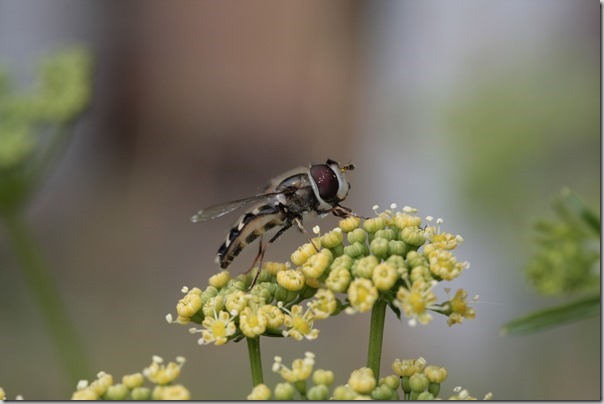
New gardeners, like new parents, tend to be a bit overprotective of their charges. It doesn’t matter whether we’re talking a fancy new shrub from the garden store, or our firstborn little darling – too much hovering can lead to, well, not-so-great results. There’s a new parenting trend floating around the internet called “Calm the…
-
Stop! Don’t Prune That Grass (How to Prune Ornamental Grasses Right)
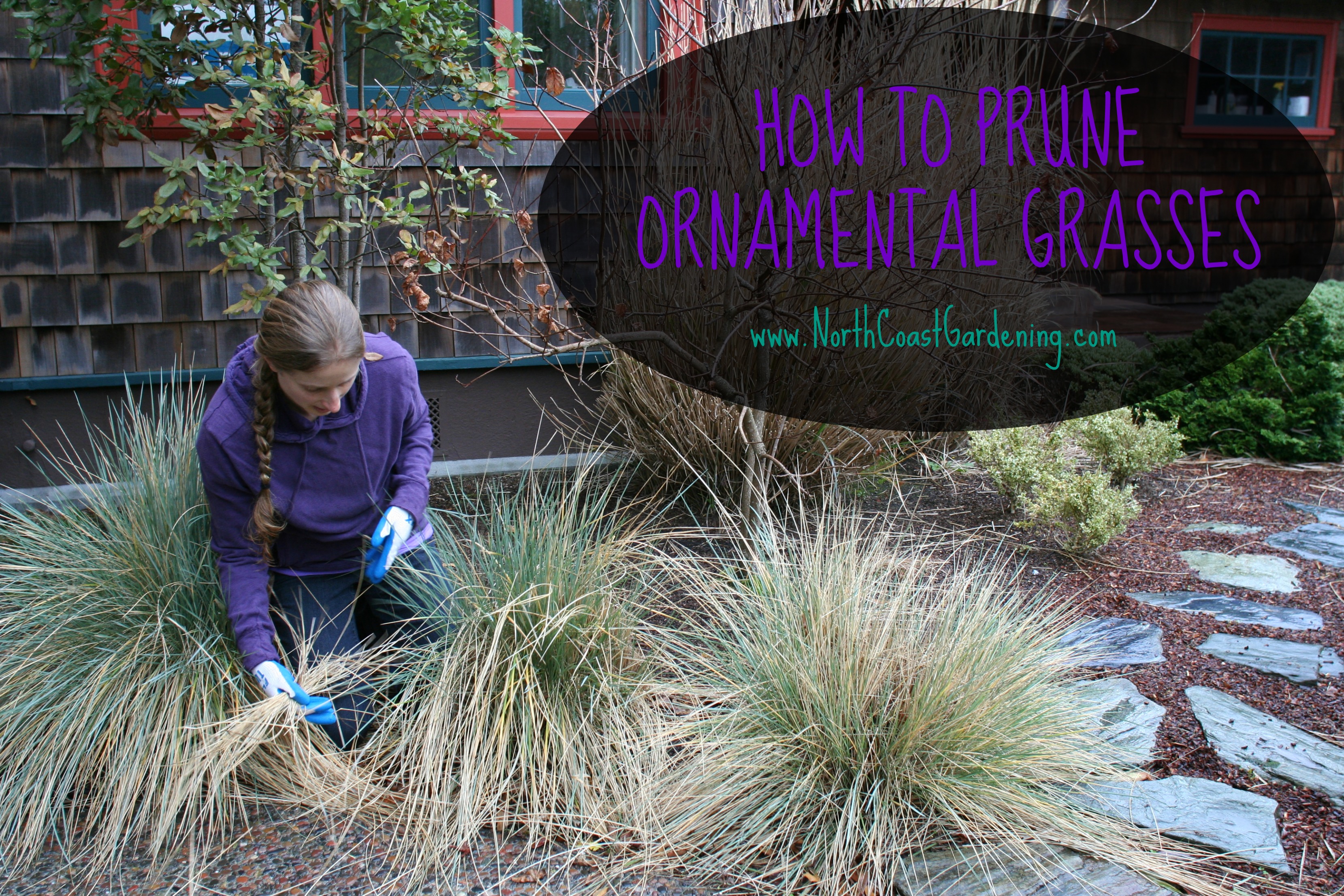
Most of us know what to do with our big grasses that go dormant each winter: Grab a bungee cord, tie the grass up, and use an electric hedge trimmer to buzz the column of foliage to the ground. But what about those tricky grasses that are evergreen or ones that have a ground-hugging habit?…